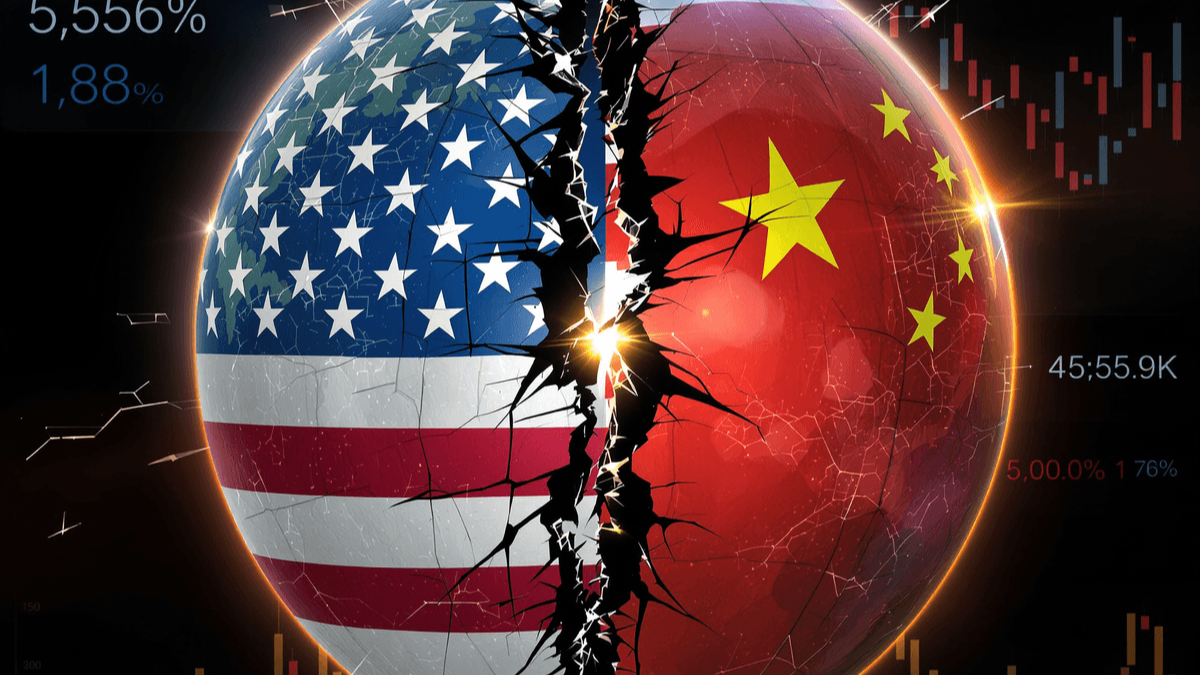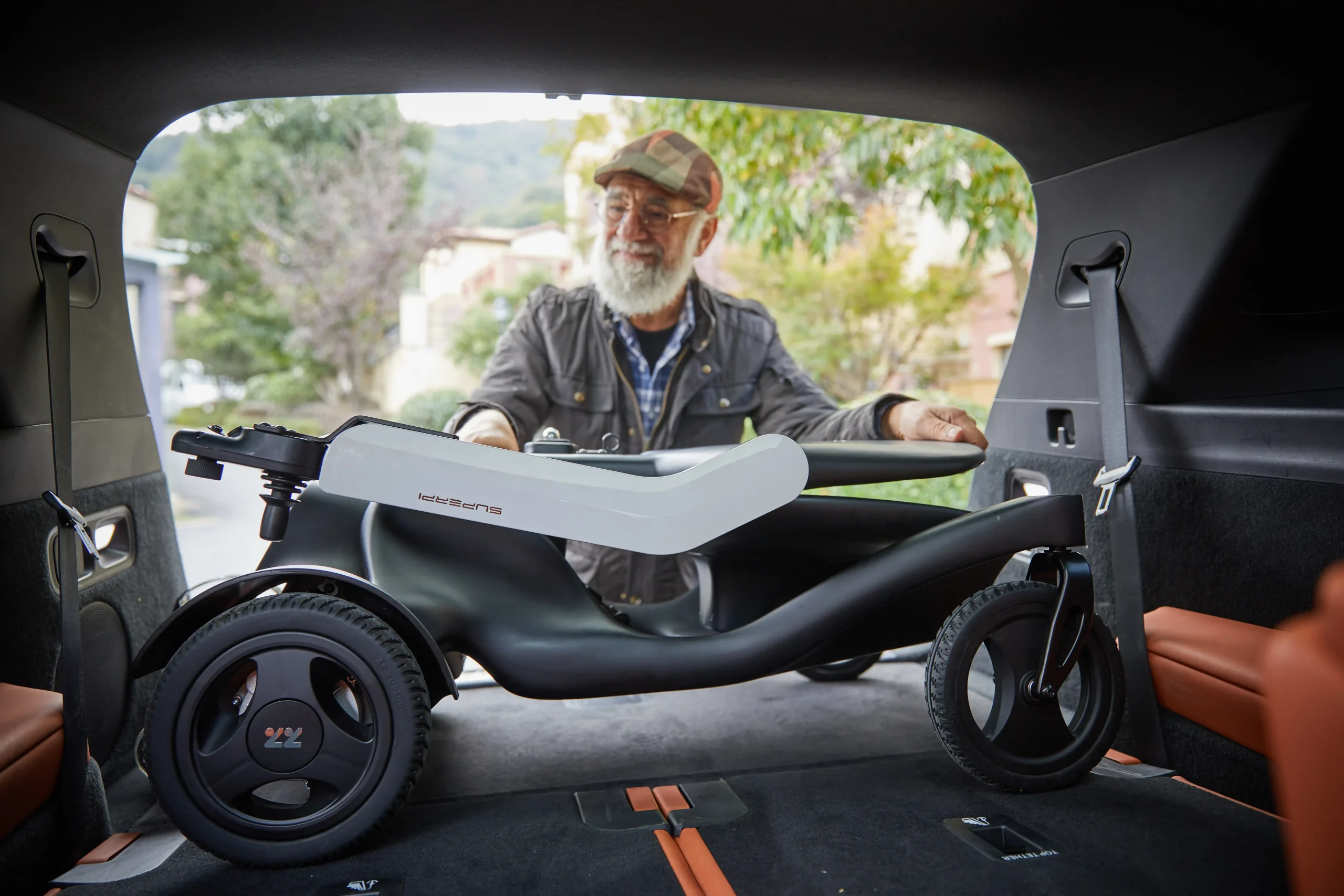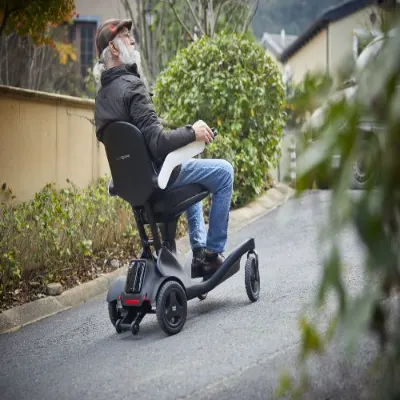
Introduction: The Crossroads of Mobility and Trade Policy
(600 words)
- Key Stat: 25% U.S. tariff on Chinese-made electric wheelchairs (Section 301) slashed import volumes by 38% in 2023 (U.S. ITC Data)
- The Irony: Medical exemptions vs. commercial reality – Why “durable medical equipment” isn’t immune
- The Big Picture: How tariffs accelerate automation, nearshoring, and a $12B market’s fragmentation
- Preview: Price surges, ADA lawsuits, and Vietnam’s sudden rise as a manufacturing hub
Section 1: Tariffs 101 – How Trade Barriers Impact Mobility Tech
(800 words)
1.1 The Global Supply Chain Map
- Pre-Tariff Era (Pre-2018):
- China: 78% of global electric wheelchair production (Motors, lithium batteries, frames)
- Assembly Hubs: Mexico (for U.S. markets), Poland (for EU)
- Post-Tariff Shifts:
- 2023 Sourcing Data: Chinese content drops to 54%; Vietnamese motor imports up 210%
1.2 Types of Tariffs Affecting the Industry
- Section 301 (U.S.): 25% on motors, controllers (HTS 8501.10)
- EU’s Carbon Border Tax: 2026 phased tariffs on aluminum frames (Scope 3 emissions)
- India’s “Make in India”: 30% import duty + 18% GST exemption for locally assembled chairs
Section 2: Price Dynamics and Market Distortions
(1200 words)
2.1 Consumer Cost Surges
- Case Study: Pride Mobility’s Quantum Rehab line
- 2019: 7,200→2024:7,200averageretail→2024:10,900 (+51%)
- Tariffs responsible for 63% of the increase (Pride Q4 2023 Earnings Call)
- Medicare/Insurance Fallout:
- U.S. CMS reimbursement rates lagging 19 months behind actual costs
- Prior authorization denials up 22% (Kaiser Family Foundation Report)
2.2 The Gray Market Explosion
- Parallel Imports: Mexican-assembled chairs with Chinese parts avoiding Section 301
- 2023 Customs seizures: 1,200 units at Laredo port (CBP Data)
- eCommerce Loopholes:
- Amazon third-party sellers labeling wheelchairs as “personal mobility scooters” (HTS 8713.00)
- FDA warning letters: 47 in 2023 vs. 9 in 2020

Section 3: Strategic Responses from Manufacturers
(1500 words)
3.1 Nearshoring and Factory Relocations
- Mexico’s Boom:
- Sunrise Medical’s $45M plant in Querétaro (serving U.S. markets)
- Labor cost comparison: 3.80/ℎ.3.80/hrvs.6.20 in China (adjusted for productivity)
- Vietnam’s Rise:
- Karma Medical’s Da Nang facility producing motors tariff-free under CPTPP
- Limitations: Lack of lithium battery suppliers
3.2 Technological Workarounds
- De-contenting: Removing non-essential features to avoid tariffs
- Example: Invacare’s TDX SP2 removing Bluetooth to classify as “basic mobility”
- Modular Design:
- Taiwan’s Ottobock using “tariff-optimized” kits (motors shipped separately)
3.3 Lobbying and Legal Battles
- ITC Exemption Petitions:
- Permobil’s failed 2022 bid to exclude tilt sensors from tariffs
- Success Story: Segway’s Medline partnership securing HTS 9019.10 classification
- ADA Lawsuits:
- National Council on Disability’s 2023 suit against USTR: “Discriminatory pricing violates ADA Title III”
Section 4: Geopolitical Ripple Effects
(1000 words)
4.1 China’s Counterstrategies
- Subsidy Wars: Shenzhen’s $2,000/unit subsidy for R&D-intensive chairs
- Belt and Road Shifts:
- BYD Medical’s Serbia factory (EU market access via CEFTA)
- Digital Silk Road: AliHealth’s telehealth integrations bypassing hardware tariffs
4.2 Raw Material Battles
- Rare Earths: U.S. tariffs on Chinese neodymium (motor magnets) vs. MP Materials’ Nevada mine
- Aluminum: EU’s anti-dumping duties on Chinese frames benefiting Norway’s Norsk Hydro
Section 5: The Accessibility Crisis and Innovation
(900 words)
5.1 The Affordability Gap
- UN Data: Global electric wheelchair ownership drops 7% in low-income countries (2020–2023)
- DIY Movements: Open-source designs like the “Wheely” 3D-printed chair (MIT Lab)
5.2 Silver Linings: Tariffs as Innovation Catalysts
- Lightweight Alternatives:
- Carbon fiber frames replacing aluminum (Kuschall’s tariff-free Swiss production)
- Battery Breakthroughs:
- Tesla’s 4680 cells adapted by Quantum Rehab for 40% lower cost
Case Studies
(500 words)
- Case 1: How India’s Tariffs Created a $200M Domestic Market (NeoMotion’s Success)
- Case 2: Canada’s Tariff-Free Model – Why Permobil Chose Ontario Over Ohio
- Case 3: The Cuban “SillaMóvil” Crisis – U.S. Embargo Loopholes and Humanitarian Exceptions
Future Outlook: 2025–2030
(600 words)
- Automation Arms Race: Foxconn’s wheelchair “dark factories” in Wisconsin
- Trade Pact Predictions: USMCA renegotiations and the “North American Battery Alliance”
- The Green Tariff Wave: EU’s proposed CBAM expansion to lithium-ion production
Conclusion: Mobility as a Human Right in a Fractured World
(300 words)
- Key Takeaway: Tariffs forcing painful but necessary supply chain diversification
- Call to Action: Urging WHO and WTO to classify mobility tech as essential medicines
- Final Stat: 83% of users would delay upgrading chairs due to costs – The real human toll
SEO Optimization Toolkit
- Primary Keywords: “electric wheelchair tariffs,” “ADA compliance import costs,” “medical equipment trade wars”
- FAQ Schema:
- “Do tariffs apply to wheelchair parts?”
- “How to import a wheelchair tax-free for personal use?”
- Interactive Tools:
- “Tariff Impact Calculator” (input model, get cost breakdown)
- “Global Sourcing Map” (tariff rates by country)
- Authority Backlinks:
- U.S. International Trade Commission rulings
- WHO Global Report on Assistive Technology (2024)






